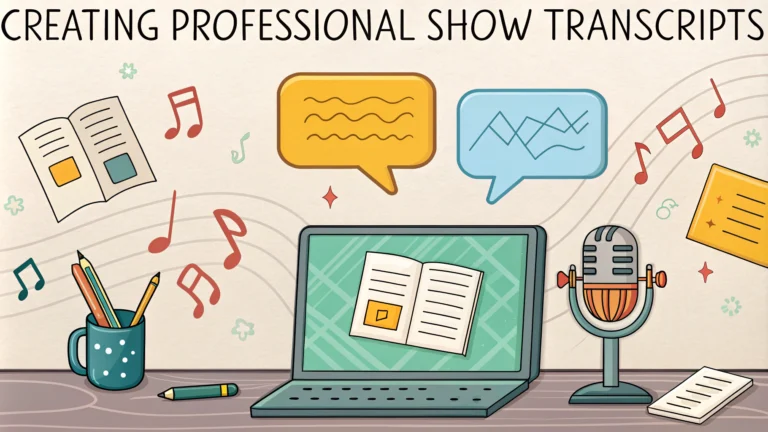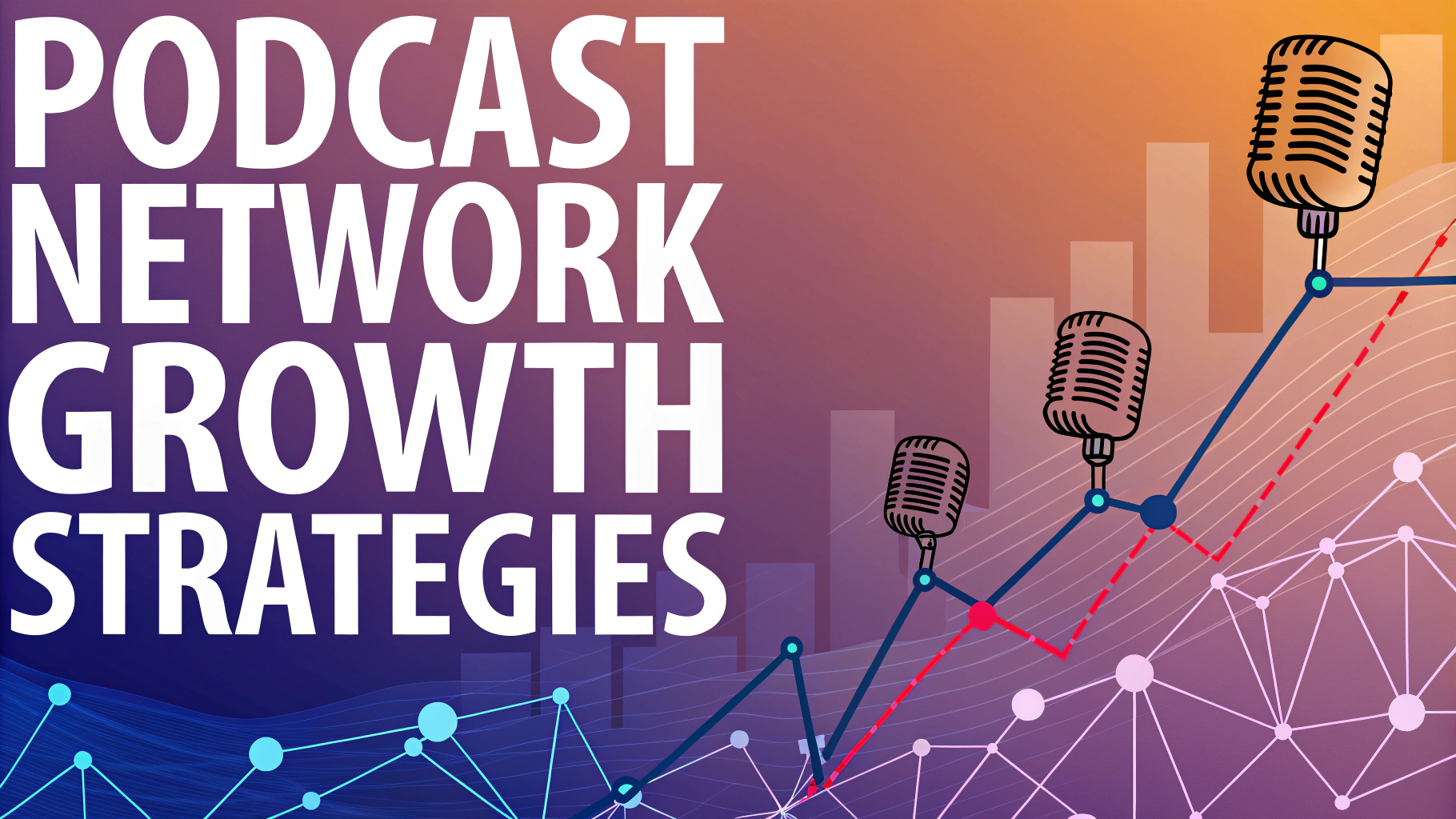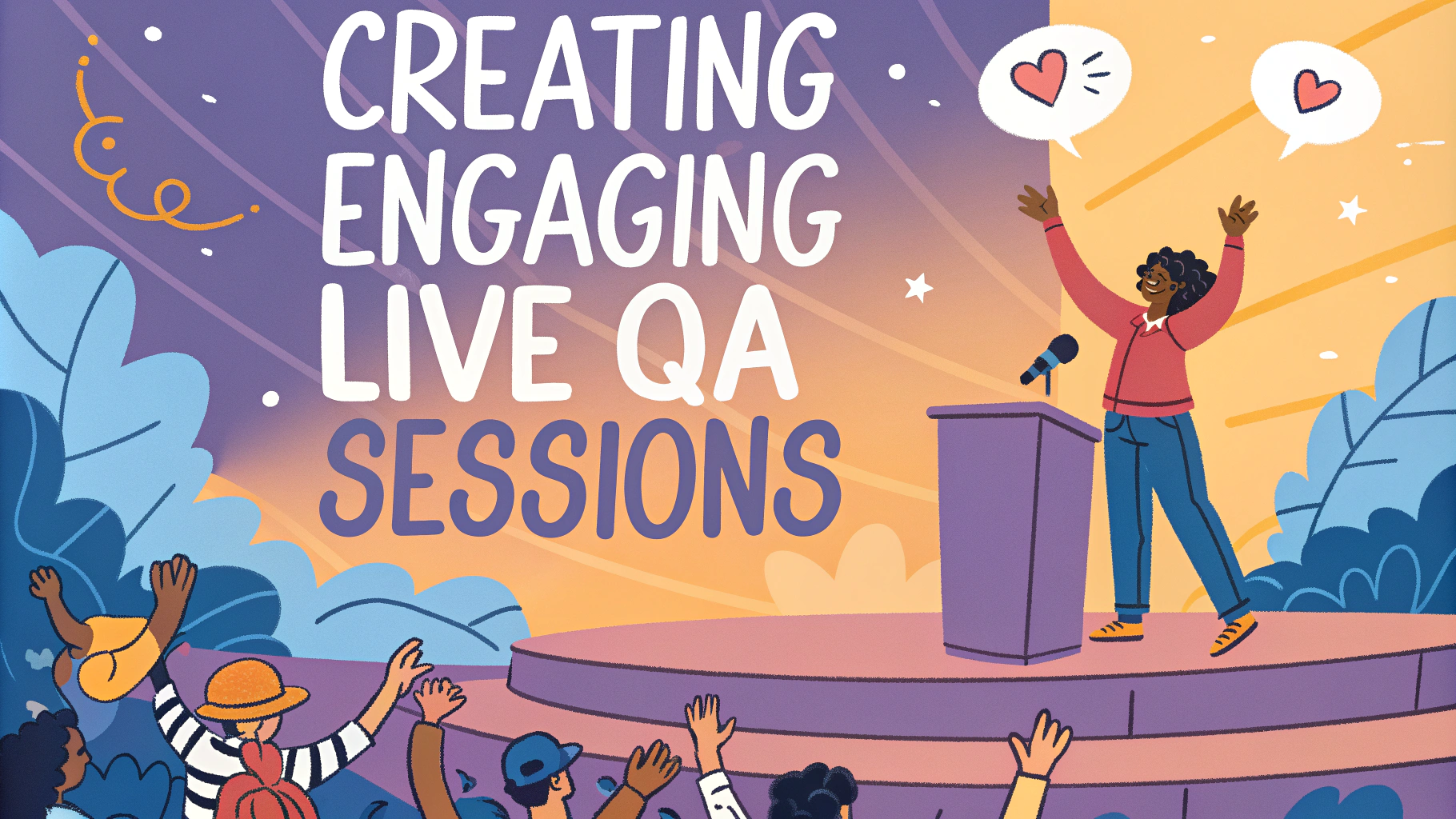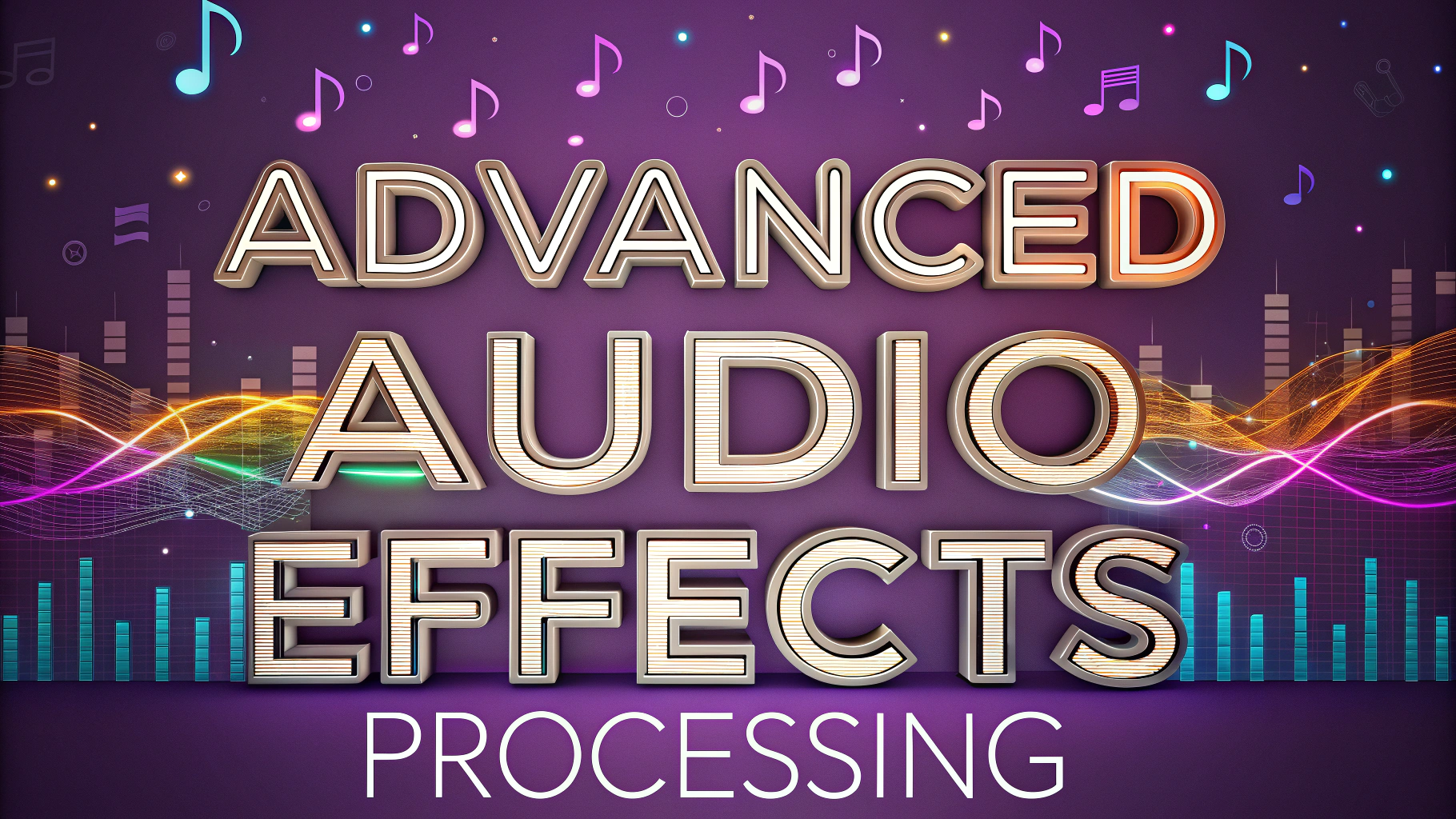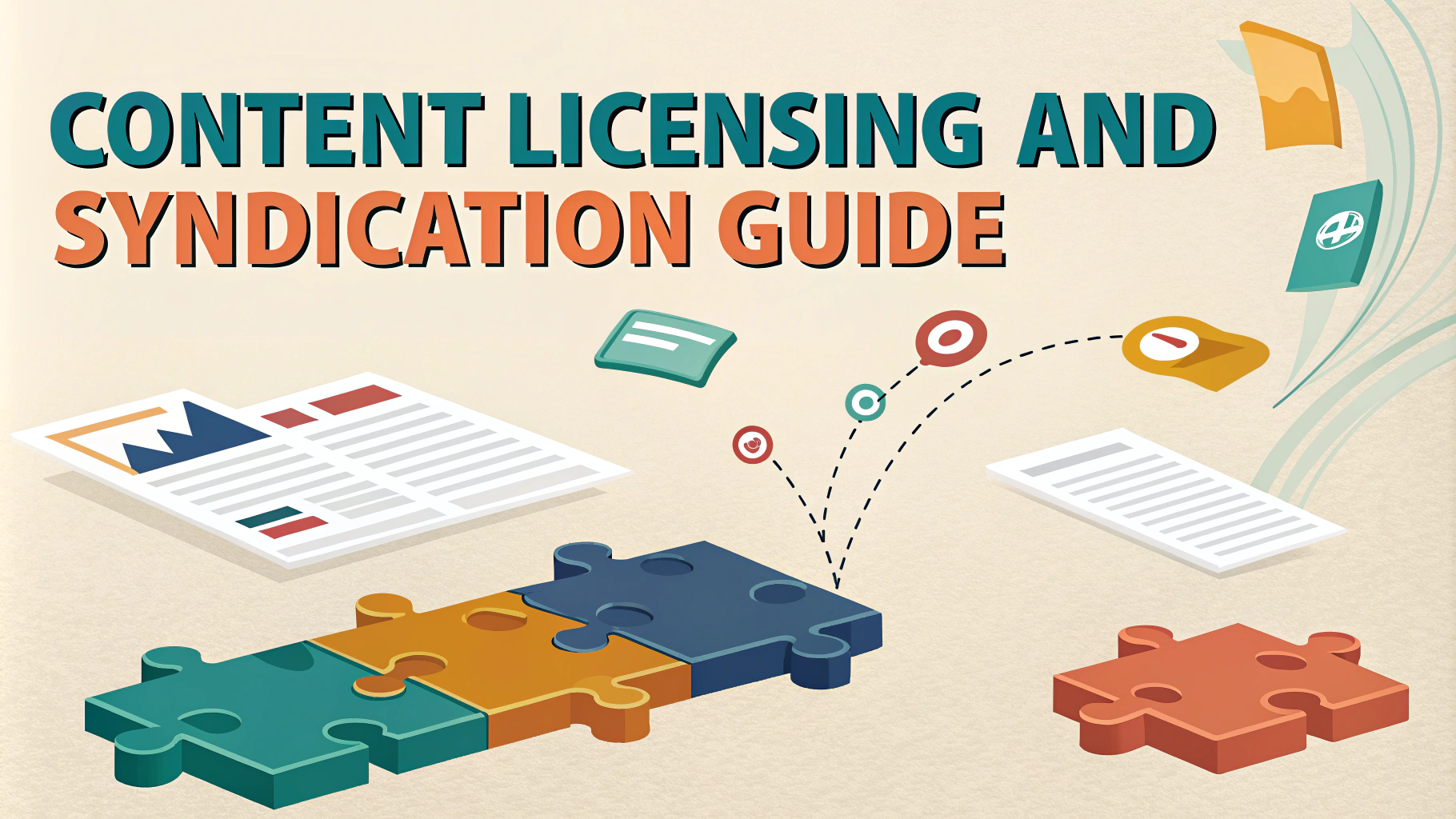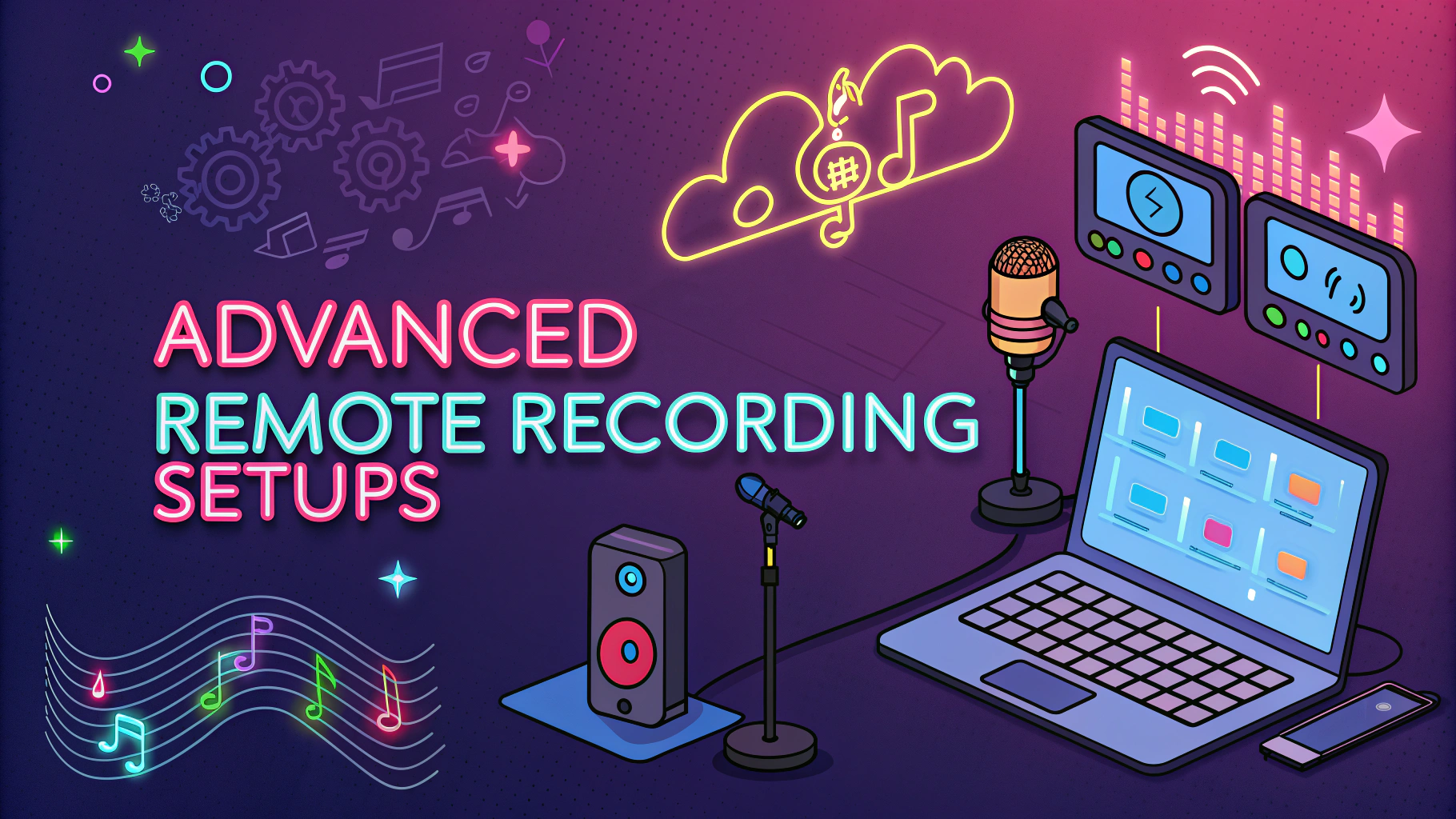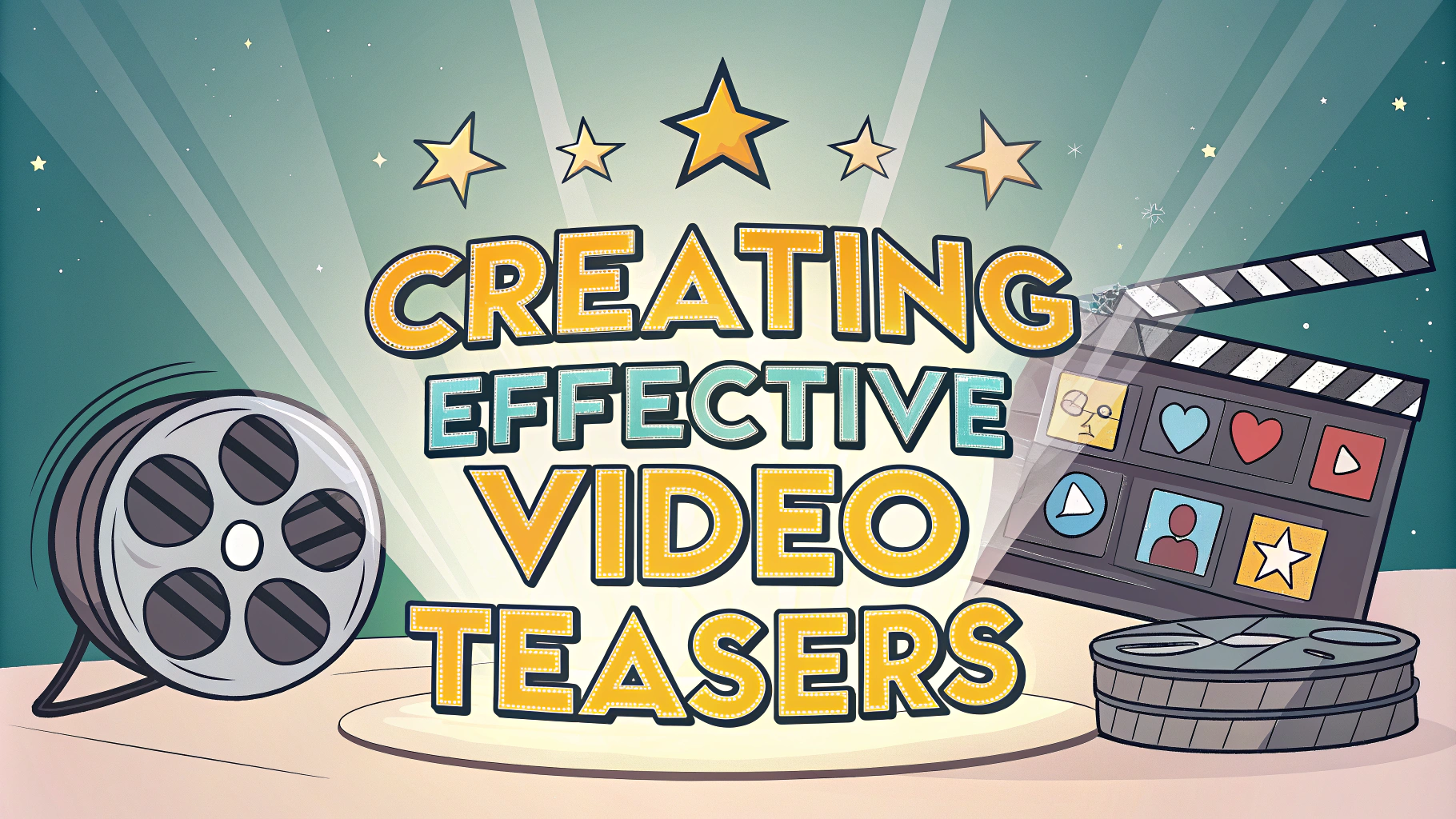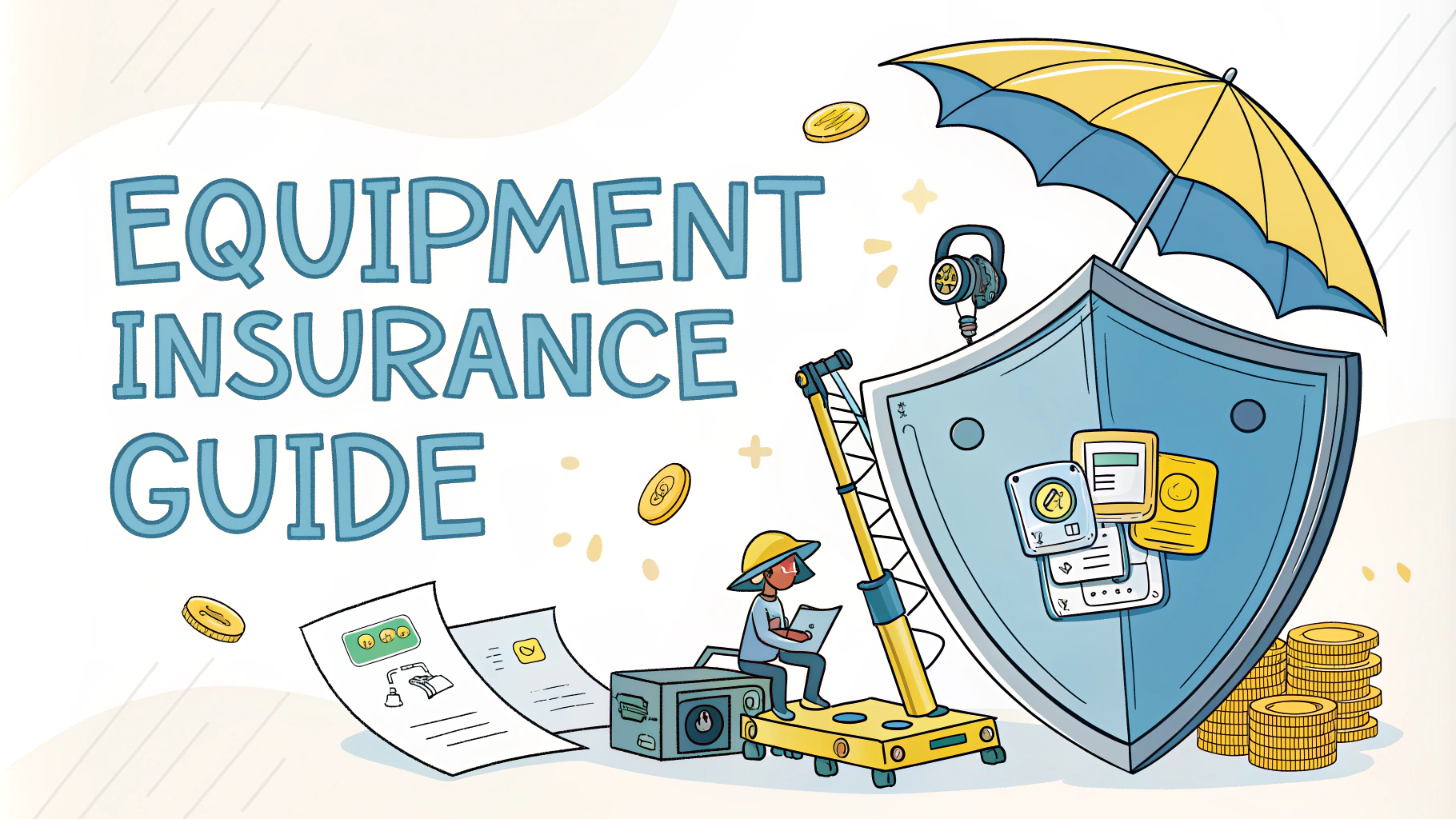Professional show transcripts help podcasters create accessible content, reach new audiences, and improve their SEO rankings.
Accurate transcripts make podcast content available to deaf and hard-of-hearing listeners while providing valuable text that search engines can index.
This guide covers the essential steps to create high-quality show transcripts that enhance your podcast’s reach and professionalism.
Choosing the Right Transcription Method
- Manual transcription: Most accurate but time-consuming
- Automated services: Fast but requires editing
- Hybrid approach: Combines AI with human editing
Recommended Transcription Services
- Rev.com – $1.25/minute, 99% accuracy
- Otter.ai – $8.33/month, AI-powered
- Descript – $12/month, includes editing tools
- Temi – $0.25/minute, automated service
Formatting Best Practices
Use speaker labels to identify who’s talking (e.g., “Host:”, “Guest:”).
Break content into short paragraphs for better readability.
Include timestamps at regular intervals or key moments.
Essential Elements to Include
- Episode title and number
- Publication date
- Speaker names and titles
- Show notes and links
- Contact information
Editing and Quality Control
- Review automated transcripts for accuracy
- Correct spelling of names and technical terms
- Add proper punctuation
- Remove filler words and false starts
SEO Optimization Tips
Include relevant keywords naturally within the transcript.
Add meta descriptions and proper HTML formatting.
Link to referenced resources and show notes.
Making Transcripts Accessible
- Use clear headings and structure
- Include alternative text for images
- Provide downloadable versions
- Follow WCAG guidelines
Distribution Strategies
Publish transcripts on your website alongside audio content.
Share PDF versions for offline reading.
Consider creating snippet versions for social media.
Taking Your Show Further
Professional transcripts represent an investment in your podcast’s growth and accessibility.
Regular updates and maintenance of transcript archives help build a valuable content library.
Consider using transcripts as source material for blog posts, articles, and social media content.
Monetization Opportunities
Turn transcripts into valuable business assets through multiple revenue streams.
- Create premium transcript packages
- Offer searchable transcript libraries
- Develop transcript-based educational materials
- Use transcripts for sponsored content placement
Analytics and Performance Tracking
Monitor how transcripts impact your show’s performance metrics.
- Track search engine rankings
- Measure transcript page engagement
- Analyze user reading patterns
- Monitor accessibility compliance
International Reach
Expand your audience through transcript translations and localization.
- Translate transcripts into target languages
- Adapt content for cultural context
- Create region-specific show notes
- Build international listener communities
Maximizing Your Podcast’s Potential
Professional transcripts transform audio content into versatile assets that enhance your podcast’s value and reach.
Implement these strategies systematically to build a comprehensive content ecosystem around your show.
Remember that quality transcripts are an investment in your podcast’s long-term success and accessibility.
FAQs
- What is the standard format for a professional podcast transcript?
A proper podcast transcript includes speaker identification, timestamps, clear paragraph breaks, proper punctuation, and nonverbal cues in brackets when relevant. - What tools can I use to create professional podcast transcripts?
Popular transcription tools include Otter.ai, Rev.com, Descript, Google Speech-to-Text, and Amazon Transcribe. Some podcasters also use professional human transcription services for higher accuracy. - How long does it take to transcribe a one-hour podcast episode?
Using AI transcription tools, a one-hour episode can be transcribed in minutes, but requires 2-3 hours of human editing for accuracy. Professional human transcriptionists typically take 4-6 hours per hour of audio. - Should I include timestamps in my podcast transcript?
Yes, timestamps should be included every 2-3 minutes or at significant topic changes to help readers navigate the content and find specific sections easily. - How do I handle multiple speakers in a transcript?
Clearly label each speaker with their name or role, typically in all caps or bold, followed by a colon before their dialogue (e.g., “HOST:” or “GUEST:”). - What’s the best way to handle background noise and non-verbal elements in transcripts?
Include relevant non-verbal elements in square brackets, such as [laughs], [crosstalk], or [background music]. Only include elements that add context to the conversation. - How can transcripts improve my podcast’s SEO?
Transcripts make your podcast content searchable by Google, increase keyword visibility, and improve accessibility, leading to better search engine rankings and wider audience reach. - What’s the average cost of professional podcast transcription services?
Professional human transcription services typically charge between $1-$3 per audio minute, while AI-powered services range from $0.10-$0.50 per minute, with some offering monthly subscriptions. - How should I format cross-talk or interruptions in the transcript?
Use ellipses (…) to indicate interrupted speech and clearly mark overlapping dialogue with appropriate speaker labels and [crosstalk] indicators when necessary. - What file format should I save my podcast transcript in?
Save transcripts in both .txt and .pdf formats for maximum compatibility. Also consider HTML format for web publishing with proper formatting and accessibility features.
